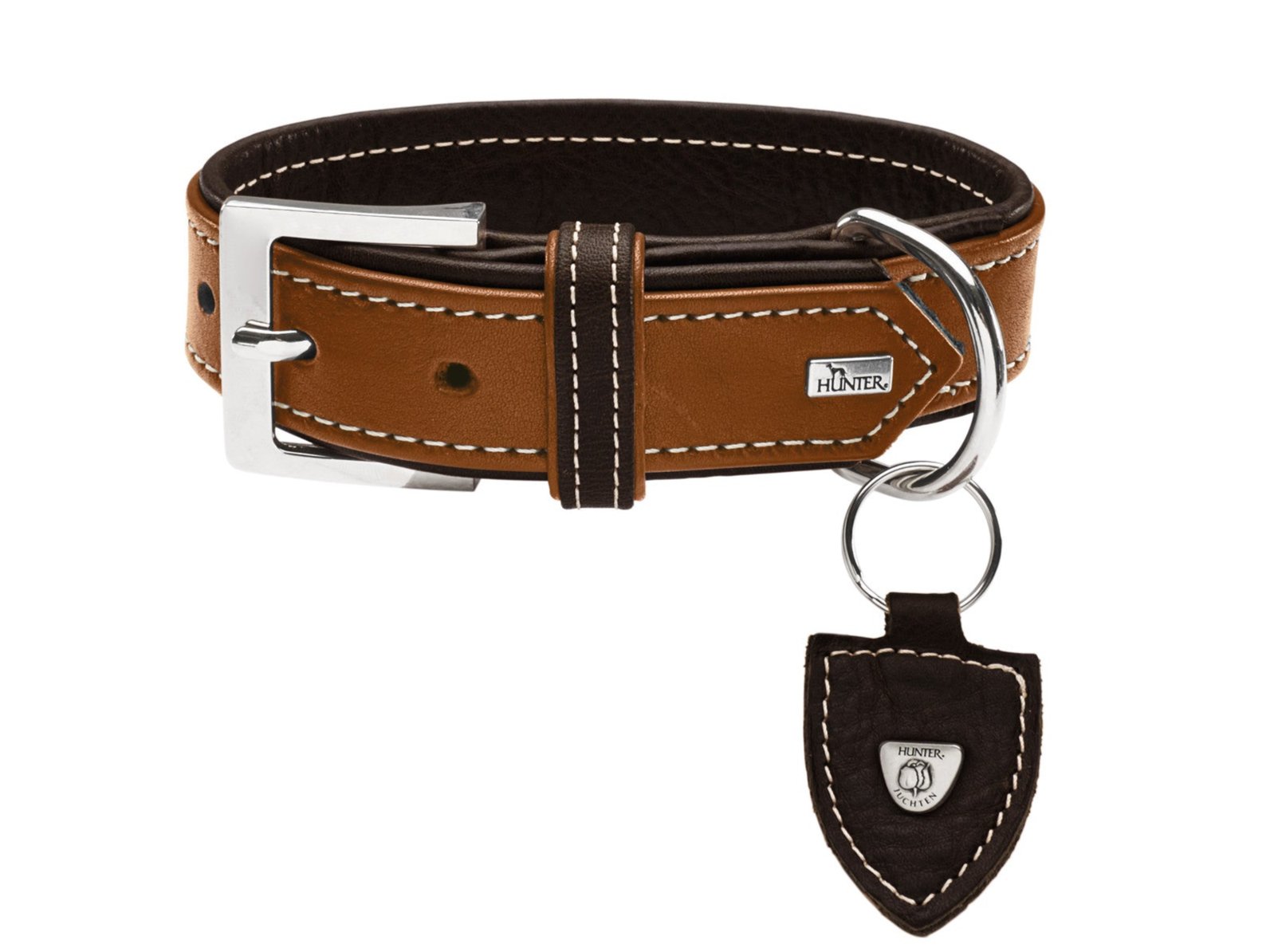Are all dogs good swimmers?
Dogs are born with a lot of natural instincts. Given the fact that there is a swimming style we all know as the “doggy paddle,” wouldn’t it make sense that swimming was one of these natural instincts?
Many dogs, if held above water, will automatically start their doggy paddle in the air. They see water, and their legs start cranking in that familiar, peddling motion. It seems like all you need to do is drop them in and watch them go.
A lot of people believe that all dogs are born with the ability to swim instinctively. It can be a deadly misconception.
Turns out there are three types of dogs: those who can swim, those who can swim but need help, and those who have a unique ability of sinking like a rock in any aqueous situation.
Dogs Who Can Naturally Swim Well
Certain dogs were bred for water rescue and activity. These breeds usually are not only excellent swimmers, but they tend to thoroughly enjoy the water as well.
Water loving breeds include Retrievers and Spaniels, such as the Labrador Retriever, Golden Retriever, American Water Spaniel, Irish Water Spaniel, and Portuguese Water Dog.
Retrievers and Spaniels tend to have strong, long, hind legs, which are excellent for swimming. However, there are exceptions among individual dogs, and sometimes senior dogs or dogs with disabilities have trouble swimming, no matter their breed.
Always start slowly with your dog if you haven’t tested their swimming abilities yet. Supervise them, and start in shallow water where they can stand before moving to the deep end.
And remember that even strong swimmers can get lost, pulled out by currents, suffer injuries, or fall off boats and find themselves unable to stay above the surface. All dogs can benefit from a doggy life jacket when they’re near the water.
Dogs Who Need Help Swimming
Other dogs may have the innate ability to swim, but that doesn’t necessarily mean they’re safe in the water or able to keep themselves afloat. Some dogs of the aforementioned breeds may fall into this category, despite their natural abilities.
Smaller breeds, such as Chihuahuas and the Maltese, for example, have the ability to swim, but may quickly become overwhelmed by the vastness of the water.
If overwhelmed, these types of dogs will tire themselves out too quickly. They may also panic and try desperately to climb anything — including you — to get out of the water.
If you have a dog who has the physical ability to swim but not the nerve to back it up, you can slowly introduce them to the idea of swimming. You can try encouraging your dog by going into a swallow part of the water and seeing if your dog follows.
Reward your dog with treats for every new benchmark they make in the water, even if it’s simply getting their paws wet. As your dog gets more comfortable with the water, they’ll be more at ease to swim in deeper areas.
Being with another dog who loves swimming may also encourage your apprehensive pup to adventure into the water.
NOTE: Be sure to never force a dog into the water. If your dog is just not into water, that’s okay too. Don’t push the issue. It’s not for all dogs.
Dogs Who Aren’t Natural Swimmers
Then there are the dogs who, try as they might, just aren’t built for H20. Breeds with large, boxy chests, shorter hind legs, or short muzzles often do not fare well in swimming scenarios.
These types of breeds include Boxers, Pugs, Basset Hounds, and, most notoriously, the Bulldog. Any breed with a short snout, or brachycephalic breeds, may also have difficulty breathing or keeping their airways above water.
All of these breeds should be under constant supervision near any body of water.
This isn’t to say that these types of dogs cannot enjoy a beach day with the family. Non-swimming breeds can still have fun on the beach in the shallower areas of the water, and may even enjoy lounging on a large floaty with you in the pool!
Just be sure that your dog is not anxious and will not “abandon ship” and endanger their life.
It goes without saying, but even if your dog has the swimming prowess of Michael Phelps, that doesn’t mean you can forego safety precautions.
Invest in some doggy swim gear, such as dog life vest and booties if you’re in a lake or area with jagged edges and hot sand. And be sure a person is always supervising a dog who’s swimming in water.
Keep clean drinking water available and a nice, shady area for your dog to relax after any water sporting activity.
Is your dog apprehensive about the water? Have you tried training them to be a better swimmer? Let us know your training methods in the comments below!








Leave a comment